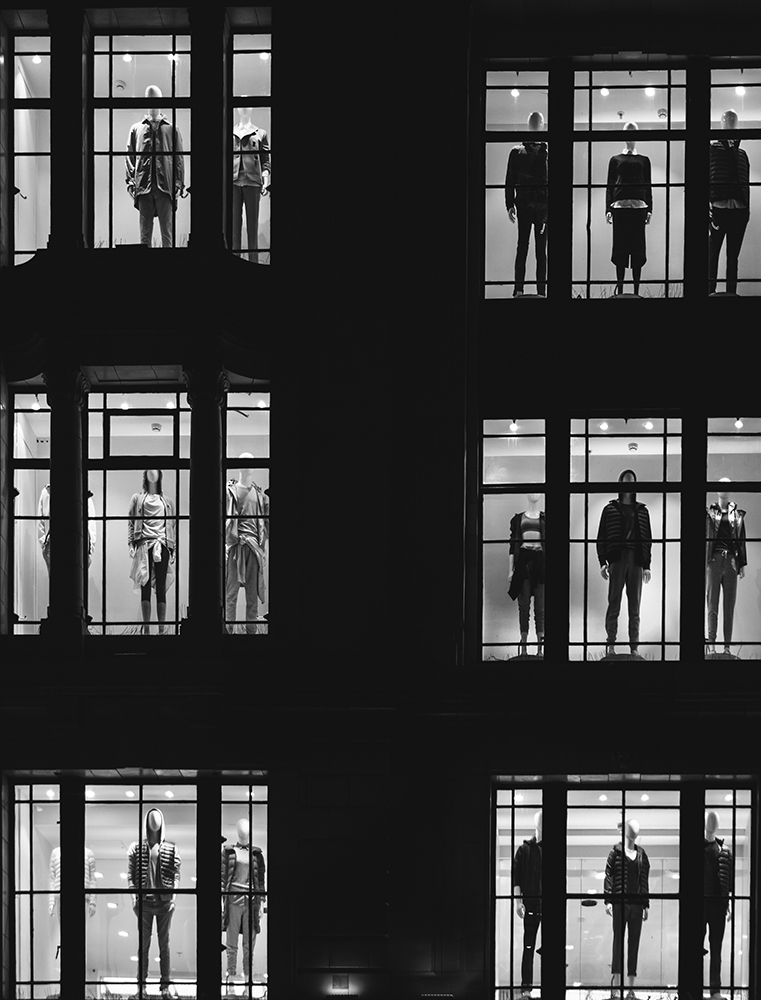
In Australia, the economic effects would be far worse still because it would come after the community has already endured the savage economic recession and job losses that began last March. Victoria’s Chief Health Officer Brett Sutton also argues a NZ-style lockdown might have no “material benefit”, given the extent of significant community transmission creating much greater complications for contact tracing.
Andrews is instead focusing on the problem that nine out of 10 Victorians who feel sick still go to work or out to the shops before getting tested.
The larger question is Australias tolerance for how an ‘aggressive suppression strategy’ translates to numbers, including job numbers.
They are taking too long to be tested, he said. That will drive transmission more than anything else. He also singled out the people who dont isolate at home while awaiting their test results.
Without changing such behaviour, he insists, the six-week shutdown, now two weeks in, may last considerably longer. So hes promoting the $1500 worth of financial assistance available to casual employees without sick leave entitlements in order to discourage the temptation to go to work due to financial pressures. Hes also hinting more money might become available.
Even the Fair Work Commission is reconsidering its earlier rejection of support for paid pandemic leave for aged care workers, due to disturbing developments in Victoria.
But the states numbers, and the likelihood of more daily records to come, mean the relative economic optimism of late May and June is evaporating faster than the Premiers credibility.
Victoria threatens the Morrison governments hopes of limiting carnage with a reasonably quick improvement in business conditions based on a reopening of the Australian economy in July.
Thats even though ANZ figures on retail sales showed continued strong spending nationally this month, with the bank reporting on Wednesday that households seem to be transitioning to a new normal where elevated retail spending replaces expenditure on travel and entertainment.
As she firmly resists reimposing a general shutdown in her state, Premier Gladys Berejiklian argues NSW has to learn to live with the virus but only by exercising great care, particularly over the next few weeks. Non-essential travel and social activities are being discouraged while use of masks is encouraged as health authorities try to mop up community transmission.
With 16 new cases on Wednesday, NSW is in a very different realm of pain to Victoria. But genomic testing indicates the extremely infectious Victorian individual visiting south-western Sydney was not the only source of transmission.
The response doesnt just require a further tightening of border restrictions with Victoria. Self-regulation by NSW businesses hasnt worked well enough, Berejiklian says bluntly, so her government makes no apologies for much stricter enforcement of compliance measures from Friday.
The best way to live with the virus is not to cut corners, not to turn a blind eye, not for people to pretend they are immune, she declared. There is no zone that is safe All of us are on high alert.
Not surprisingly, Queenslands Annastacia Paluszczuk is implying the recently opened border with NSW could always shut again, although she is also not moving to that at least not yet.
When NSW is on a heightened alert, Im on a heightened alert,” she said. “We are constantly monitoring this.”
The larger question is Australias tolerance for how an aggressive suppression strategy translates to numbers, including job numbers, over coming months.
Scott Morrison insists a strategy of elimination is unrealistic. That goal looks even more elusive now although smaller states clearly prefer to shelter indefinitely behind their borders in order to sustain a record of no community transmission.
But most European governments have also made the economic calculation there can be no return to general shutdowns despite continuing community transmission.
Their preferred live-with-it strategy is a continuation of social distancing, hygiene, masks, extra protections for older people, bans on large gatherings, and localised shutdowns for particular outbreaks. The results, so far, have not led to a recurrence of anything like the infection and death rates Europe faced at the height of the crisis.
This contrasts with the chaotic approach of the US, leading to the acceleration of the virus in most American states. Even Italy, the original European COVID-19 disaster area, is back down to a few hundred new cases a day from the many thousands in March and April.
Will such relative stability last there? Who knows. What does “living with it” mean here? Who knows. Masks on. An old song echoes mournfully in my head: “I’m leavin’ on a jet plane …”





More Stories
A teenager from Co Offaly has been “inundated” with orders for his handmade reindeer decorations after his mother put up a post in a popular Facebook group.
Run Windows apps such as Microsoft Office in Linux (Ubuntu) and GNOME as if they were a part of the native OS, including Nautilus integration. – Fmstrat/winapps
With Australia’s relationship with China at a very dangerous stage, the timing of what is expected to be a ‘more nuanced’ approach from a Biden administration could not be more welcome.